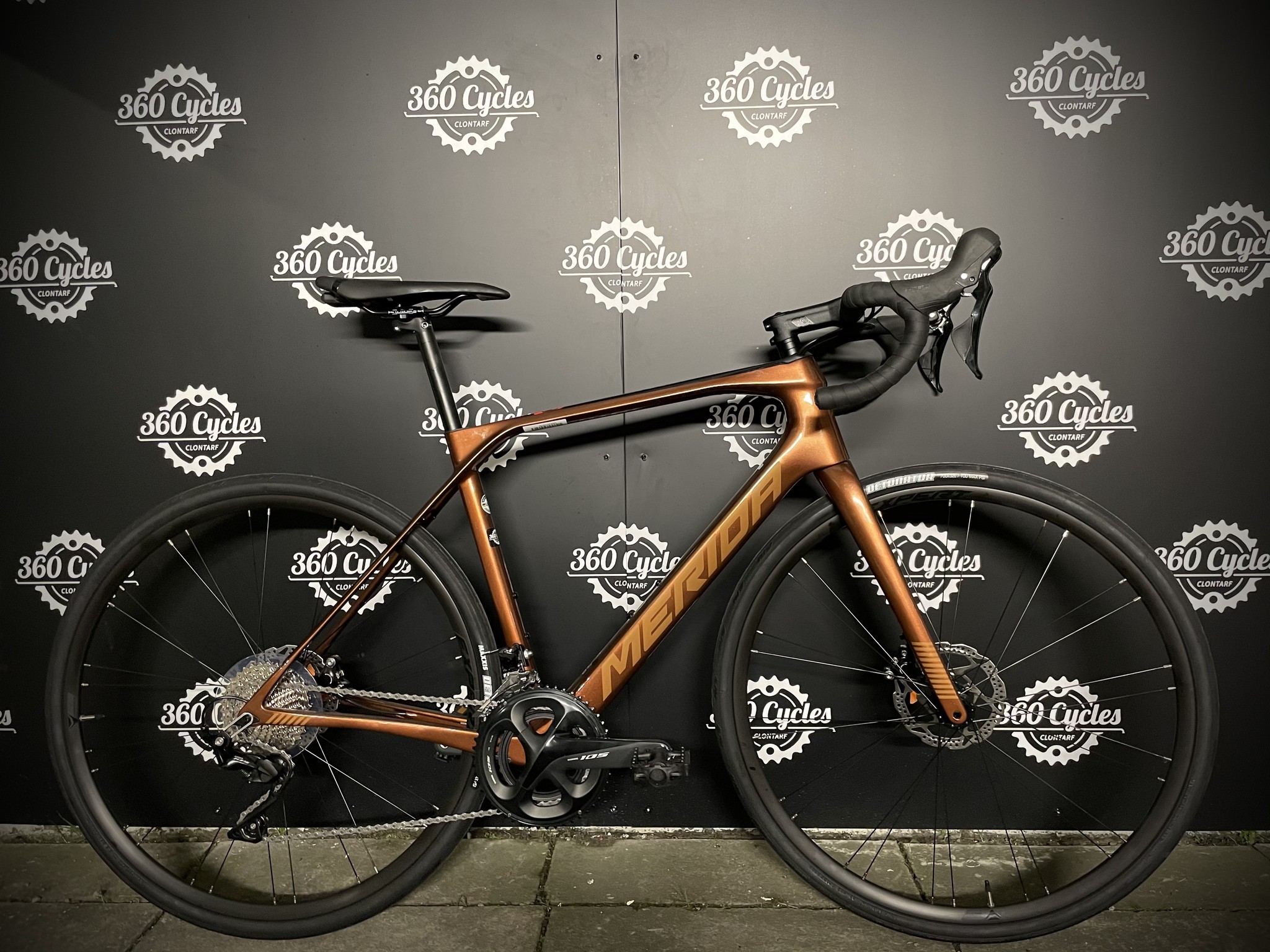How to choose a correct style and size bike?
- Posted on
- By Andrea Virgillito
- Posted in bike sizing, Bike sizing guide, correct size bike, how to choose correct size bike, what bike suits me best, what size bike
- 0

Pro cyclists undergo a professional bike fitting in order to have a bike that feels tailored to their bodies. And what about the ordinary mortal riders? Well, the riding position is important for everyone, professional or not. But before any adjustments are made let’s start with choosing the correct bike for you.
What style of bike suits me best? What is the correct size for me?
When it’s time to buy a new bike, choosing the correct size is imperative. You should start to consider a bike as if it were a piece of clothing:
1) They come in different sizes;
2) Not all the models fit in the same way;
3) If you don’t try it, you will never be sure if it suits you.
So let’s try to make your choice easier with a few simple steps.
These are guidelines that should help you with your bike selection. There is no human body nor bike model that is exactly the same, so the fit could become quite subjective. And remember, if ever in doubt, always ask the salesperson for their advice on what will ultimately suit your needs best.
5 Steps:
Step one: Choose the correct model of bike for you.
Different models of bikes mean different riding positions. So try to focus on what you will do with your bike (e.g. commuting, leisure, racing, etc.) and not on how it looks. If you will commute on a daily basis in the city, a full suspension mountain bike will not be the best choice. The same applies to buying a carbon road bike when you find out that your ideal ride is one on a gravel path. In either cases you might regret our choice afterwards.
Don’t rush and take your time to make your choice. If you’re not sure about which kind of bike suits you best, you can rely on the advice from your local bike shop. After asking you a few questions, a professional sales staff member should be able to suggest the correct model and type for you. Make sure to test cycle 2 or 3 bikes to get familiar with the range and styles of bike available.
Step Two: Frame size.
As stated previously, the frame should suit the customer the same as clothes would.They come in sizes, usually inch or cm, but most of the brands also use a sizing form that goes from XXS to XXL.
On most bike manufacturer websites you can find a chart for each model that suggests the correct frame size in relation to your height. The same charts are used in the bike shops in order to help you find the correct choice. Remember, you must test cycle the bike to make sure the size 100% suits you.
Try to not rely on the common charts that you find online. These are generic and are not applicable to every brand and model type.
One of the common methods to check the sizing is standing over the top tube of the frame with the bike between your legs. Ideally, you should have an inch between your crotch and the frame. If the frame touches your body, the frame is too big. In a case of emergency or sudden stop, when sliding off the saddle you would hit the frame and could potentially hurt yourself. Please note, this method cannot be used on open frame/step-through ladies bikes since crossbar height is always very low (this type of bike would have to be test cycled to find a comfortable reach). Bigger frames will also be longer as well as higher, therefore during the ride you would feel stretched and this could potentially lead to neck and back issues.
If the seat post height is getting very close to its maximum limit or it looks unusually high compared with the geometry of the bike, then a bigger size would possibly suit you better. If you have a couple of inches clearance between your crotch and the frame crossbar, then it may be best to try a bigger size also.
A knowledgeable bike shop employee will be able to suggest the correct size for you. Always test the recommended size sufficiently to get a feel of how it rides on the road.
Step Three: Saddle height.
Even if the frame is the correct one for you, the wrong saddle height can make you feel uncomfortable. During the ride your legs should be slightly bent when the pedals are at the bottom of your pedal stroke. You can compare the saddle height with your walking position. The legs have to stretch enough but not too much.
If the saddle is too high, the legs will be too stretched, it will feel as if walking tiptoed.
If the saddle is too low, the legs will be too bent. It will feel as if walking kneeling.
Ideally, the leg should stretch as much as it does when you walk.
A provisional saddle height can be set by sitting on the saddle and resting your heel on the pedal while the pedal is at the bottom position. The leg should be resting straight at the optimal saddle height. When you move your leg so that the ball of your foot is on the centre of the pedal, you should then have the optimal bend in your leg for an efficient pedal stroke.
Step Four: Reach
After you’re sure that the height is correct, you can now focus on the length or what’s also referred to as the reach. Whilst sitting on the saddle, you can grasp the handlebar grips, or the hoods if you're choosing a bike with a drop handlebar. Bend your arm slightly and take a look down through the stem. The stem and handlebar connection point should cover the hub of the front wheel.
If you're able to see the hub in front of the stem, the bike is too short for you. You may need a longer stem, or maybe a slightly longer frame.
If you’re able to see the hub behind the stem, the bike is too long for you. You will need a shorter stem or a smaller frame.
Correct reach can be achieved by selecting the correct size bike and/or fitting the correct length stem. You may need to customise the stem length for the optimal and most comfortable reach. This is where experienced staff knowledge is very important. Usually this customisation should not cost any extra.
Step Five: TRY, TRY AND TRY AGAIN.
Don’t be afraid to try a bike before buying it. Take it for a spin for more than a few minutes, if the bike doesn’t fit, you will start to feel it after a few miles, so make sure that the test will be exhaustive. If you’re not sure about some feeling or how the bike reacts during the ride, ask the seller for more suggestions. It could be a matter of adjustment, or maybe you will need a different style of bike.
With the correct bike and the correct size you will be ready to hit the road!












Comments
Be the first to comment...